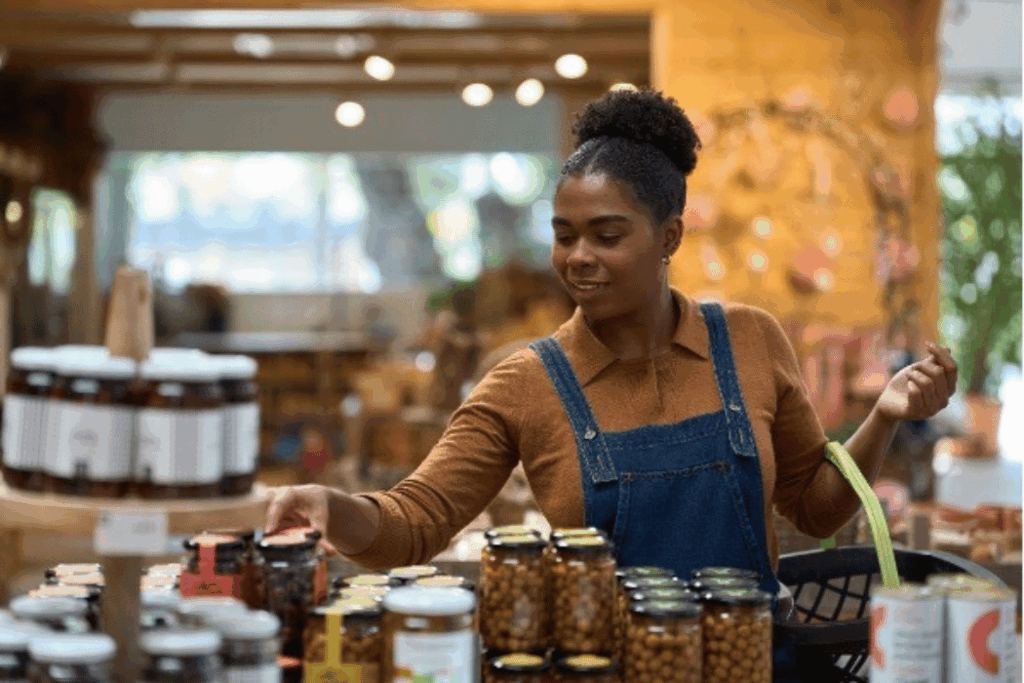The coronavirus (COVID-19) pandemic has had a devastating impact on many business owners who’ve experienced significant declines in sales and revenue. The uncertainty of the long-term impact of the pandemic on the economy has many questioning how to mitigate the damage and save their businesses. How can they adapt to what may be a “new normal?”
Kristie Jones, principal of Sales Acceleration Group, believes that business owners will need to “sell” their way through this crisis, which requires them to continue prospecting and filling their sales funnels for future revenue, as well as looking for growing business with existing customers.
“[Business owners] need to shore up the dam and make sure that their dam is not leaky with their current customers; see if there are any existing opportunities to expand with existing customers. After that, they should be going out to prospect and finding new customers,” she says. “The bottom line is the prospects still have issues. The problems that they had before may feel differently now because we have a different problem that went in front of it. But, the same challenges that your product or service solved before, it still solves.”
In this climate, Jones says there are three groups of prospects that companies should consider: businesses that are thriving, those that are “devastated,” and businesses that are “uncertain” or which haven’t suffered any significant losses but are unsure of the long-term impact of the pandemic. She recommends that business owners focus on reaching out to companies that are thriving, first, then target the “uncertain” companies. Any company that she deems “devastated,” such as many of those in the retail sector, are not viable prospects, at this time.
“With all of this remote work from home, we’ve gotten a lot of technology companies that are doing well. Healthcare is doing well and so is manufacturing. Companies like Amazon, Target, and Walmart and Instacart are doing well. Make sure that you’ve gone through your target list and start with those people. There are people here that now have efficiency issues that your product or service solves,” she advises. “Think about who’s hiring. Who’s critical to get goods across our country, such as shipping companies? Also, who’s critical in helping the people who are getting sick?”
Change how you prospect.
Jones encourages business owners to continue prospecting but change their methodology.
“We still need revenue in Q2, Q3, Q4, and 2021. But, any email templates, voicemail scripts or conversations or the way you would normally start a conversation can’t be done anymore. You need to acknowledge the elephant in the room and lead with compassion and empathy,” she says.
“Communicate that you understand that they have a business pain that you can solve but change your ‘ask.’ A lot of times, we’re asking for an appointment, but right now, it’s smart to ask, ‘Can I add you to the newsletter?’ Or ‘Our company’s doing a webinar on this topic around coronavirus. Would you like to be invited? Can I share some articles with you that I thought were relevant for our industry? Can I just keep in touch?’” she recommends.
This is a time of great uncertainty for all businesses and although many companies aren’t buying, Jones suggests business owners implement a nurture campaign to stay in touch with companies who’ve declined to purchase.
“This isn’t about your product or service. This is about finance and panic and panic causes bad decisions. But in this case, nobody knows if it’s a bad decision or a good decision. Right now, it’s just what people are comfortable doing,” she says. “You have to have a formal nurture strategy, and that means, if you don’t have a newsletter, now’s the time to start a newsletter. Are you writing new content? If so, you need to be pushing that out to people.”
Focus on adding value.
In addition to changing methodologies, Jones also advises that business owners prioritize offering customers and prospects something that helps them be more efficient in their jobs or eases their anxiety — add value before pitching products or services.
“This is a very soft sell timeframe that’s going to require people to really think outside of the box. You don’t want to go in offering to set up a demo of your product. Be altruistic and offer up resources and become a resource. When the timing is right, they will remember that you helped them and became a resource and they will reach back out,” she says.
For more information on practical sales strategies, contact Kristie Jones at www.salesaccelerationgroup.com.













